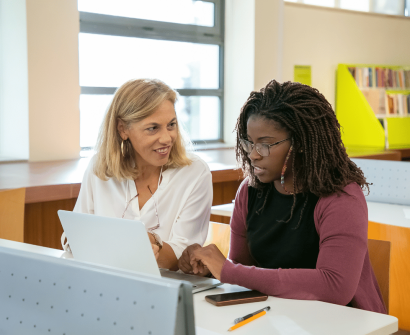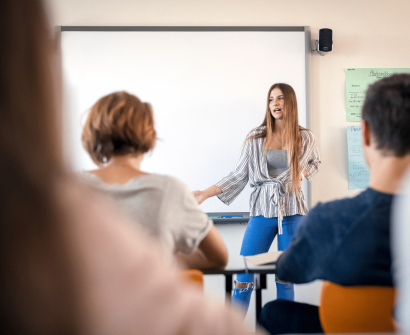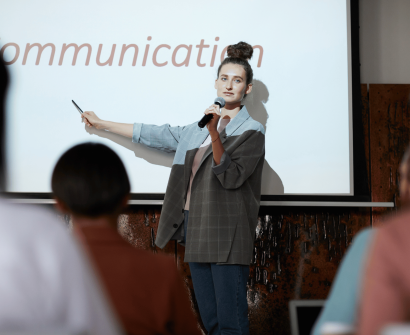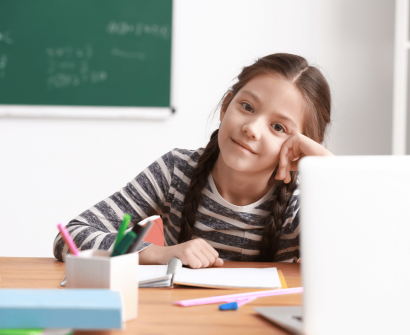
Modern Learning Theory is a fresh way of thinking about education that focuses on how students learn best. It moves beyond old-fashioned methods, promoting personalised, flexible, and engaging learning experiences. In this article, we explore how Modern Learning Theory is reshaping education in 2025, from new teaching strategies to cutting-edge technologies that make learning more effective and exciting.
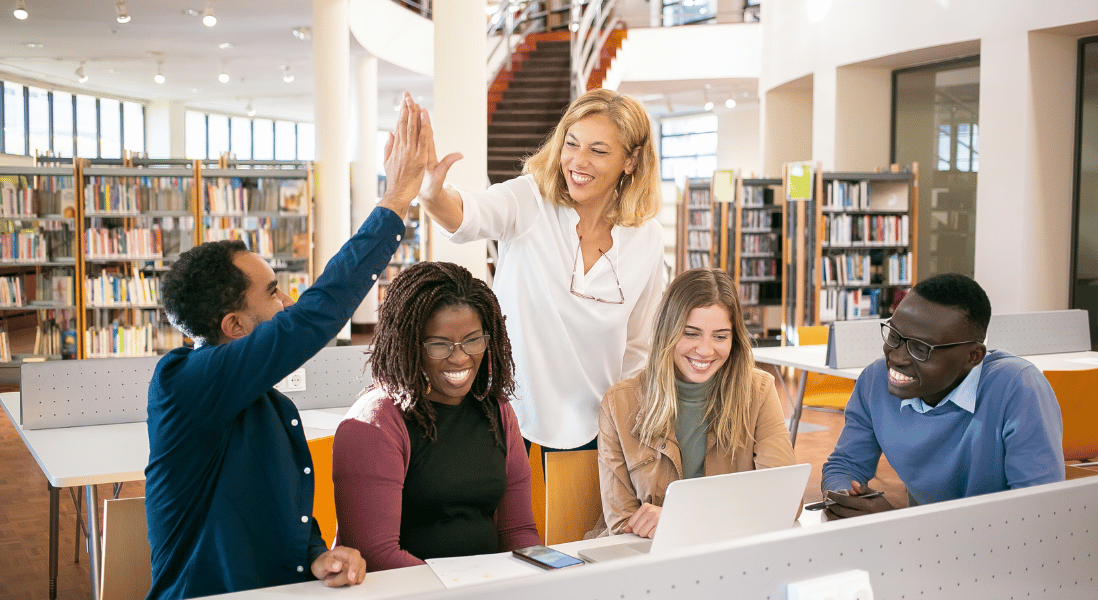
Embracing Modern Learning Theory: Key Innovations for 2025
Modern Learning Theory (MLT) serves as a catalyst for educational advancement, constantly adapting to ensure that the needs of both learners and educators are met. As we approach 2025, it’s crucial to keep abreast of the latest trends and insights shaping this dynamic learning framework. Here’s a detailed overview of the most significant advancements.
1. Personalised Learning
At the heart of modern education, personalised learning addresses individual students needs, preferences, and styles. With the rise of AI and data science, educational platforms now provide highly tailored and adaptive learning experiences.
- AI-Powered Adaptations: AI capabilities analyse student performance to recommend tailored learning paths. Innovative platforms demonstrate how technology is revolutionising personalised education.
- Instant Feedback Mechanisms: Real-time feedback empowers students to monitor their progress and refine their learning strategies, greatly enhancing educational outcomes.
- Focus on Individual Needs: By centring education around unique student experiences, educators can cultivate a more inclusive and effective learning atmosphere. Explore more insights on personalised learning.
2. Flipped Classrooms
The flipped classroom model has gained popularity as it alters traditional teaching approaches. Instructional content is shared at home via videos or readings, with class time dedicated to interactive discussions and hands-on activities.
- Enhanced Engagement: Transitioning lectures online facilitates more active participation during class, resulting in higher engagement and student satisfaction.
- Promoting Collaboration: Classroom activities focus on group projects and discussions, nurturing teamwork and social abilities.
- Flexible Learning: This model accommodates various learning paces, providing students the opportunity to tailor their education. Discover more about the advantages of flipped classrooms.
3. Gamification in Education
Incorporating game design elements, gamification significantly boosts student engagement and motivation in learning environments.
- Interactive Experiences: Gamified learning activities foster excitement and active participation, heightening enthusiasm for education.
- Encouraging Healthy Competition: Friendly competition cultivates community spirit among students. Tools like Kahoot! and Classcraft are prime examples of this trend.
- Relevance through Real-World Applications: Gamification often integrates real-life scenarios, making educational content more applicable.
4. Microlearning
Microlearning is about breaking down complex subjects into digestible pieces, especially valuable in our fast-paced, digital world.
- Concise Learning Modules: Microlearning offers quick bites of knowledge, easily fitting into busy lifestyles and accommodating the needs of modern learners.
- Accessible Anytime, Anywhere: Learners can engage with microlearning content across devices, enhancing accessibility.
- Retention through Simplicity: Shorter learning sessions minimize cognitive overload, resulting in improved retention rates.
5. Social Learning
Social learning emphasises the vital role of social interactions in educational success, including peer-to-peer collaboration and teamwork.
- Building Interpersonal Skills: Social learning nurtures essential skills such as communication and problem-solving, key components for future career readiness.
- Diversity of Perspectives: Collaborative settings expose students to a variety of views, enhancing their understanding of multifaceted topics.
- Cultivating Community: Social learning encourages a sense of belonging and support among students, fostering an inclusive educational environment.
6. AI Integration
The rapid integration of Artificial Intelligence (AI) is revolutionizing the educational experience, fundamentally altering the interaction between students and educators.
- Streamlined Assessment: AI tools simplify grading processes, allowing educators to devote more time to critical teaching activities.
- Smart Tutoring Systems: AI-enabled tutoring solutions provide personalised support, delivering tailored guidance and feedback for individual learners.
- Predictive Insights: AI analytics forecast student performance and highlight areas requiring additional focus. For a deeper understanding of AI in education CGTS.
Implementing Modern Learning Theory: Practical Strategies
- Start Gradually: Begin by introducing one or two innovative techniques and expand as you familiarize yourself with them.
- Embrace Technology: Utilise digital tools to enhance your teaching approaches and facilitate accessible learning opportunities.
- Solicit Feedback: Regularly gather student input to better understand their educational needs and preferences.
- Encourage Collaboration: Design activities that promote teamwork and social learning among students.
- Commit to Lifelong Learning: Stay informed on the latest MLT trends and research to provide the most effective educational experience.
By embracing modern learning theories, educators can unlock their students full potential and pave the way for a transformative future in education, both within South Africa and globally.
Final Thoughts
In 2025, education will undergo a transformation driven by Modern Learning Theory, which includes personalised learning, flipped classrooms, gamification, micro-learning, social learning, and AI integration. These methods allow students to take control of their learning, creating an environment focused on engagement, collaboration, and individuality. To keep up with this shift, we need to continually innovate and adapt. The future of education requires active participation in shaping a more vibrant, inclusive, and effective learning ecosystem. The next steps involve exploring how you can contribute to this educational revolution through new initiatives and proactive involvement.


